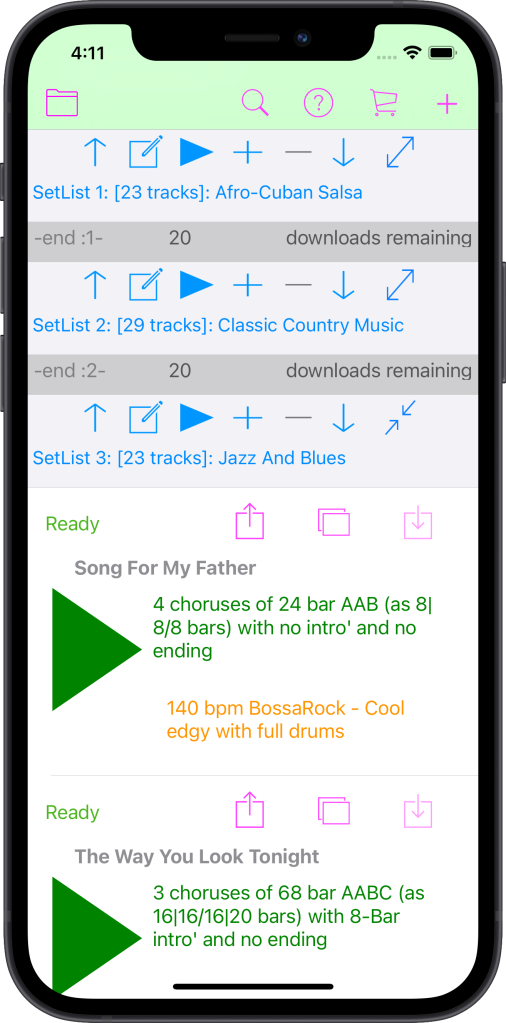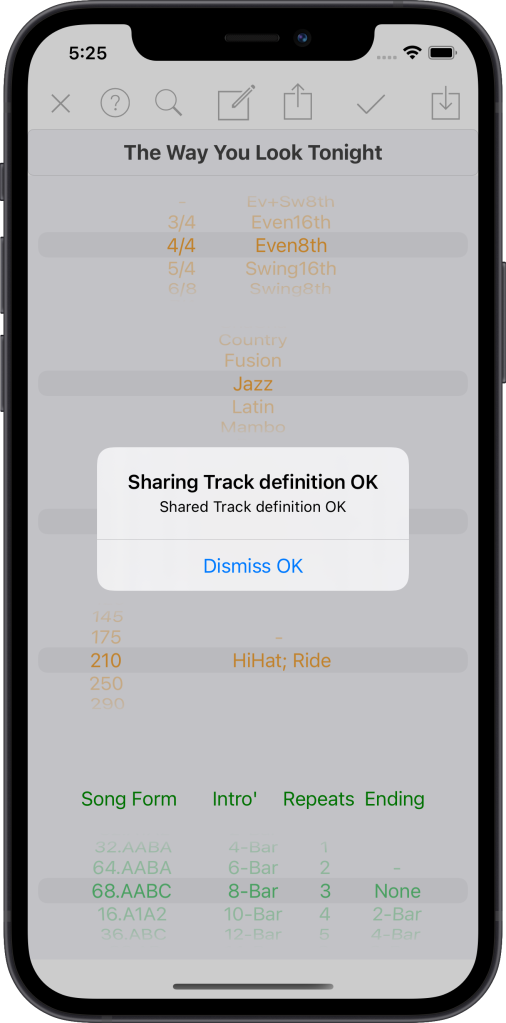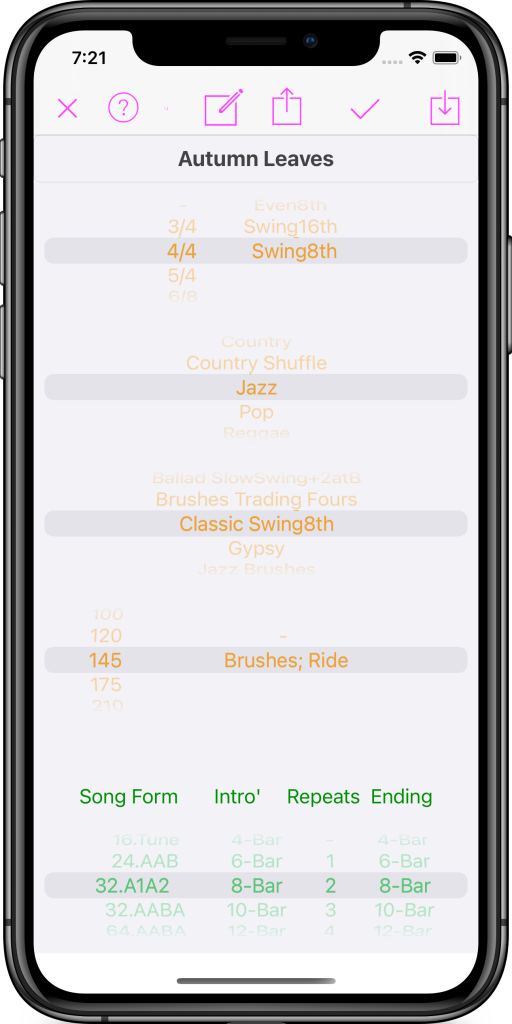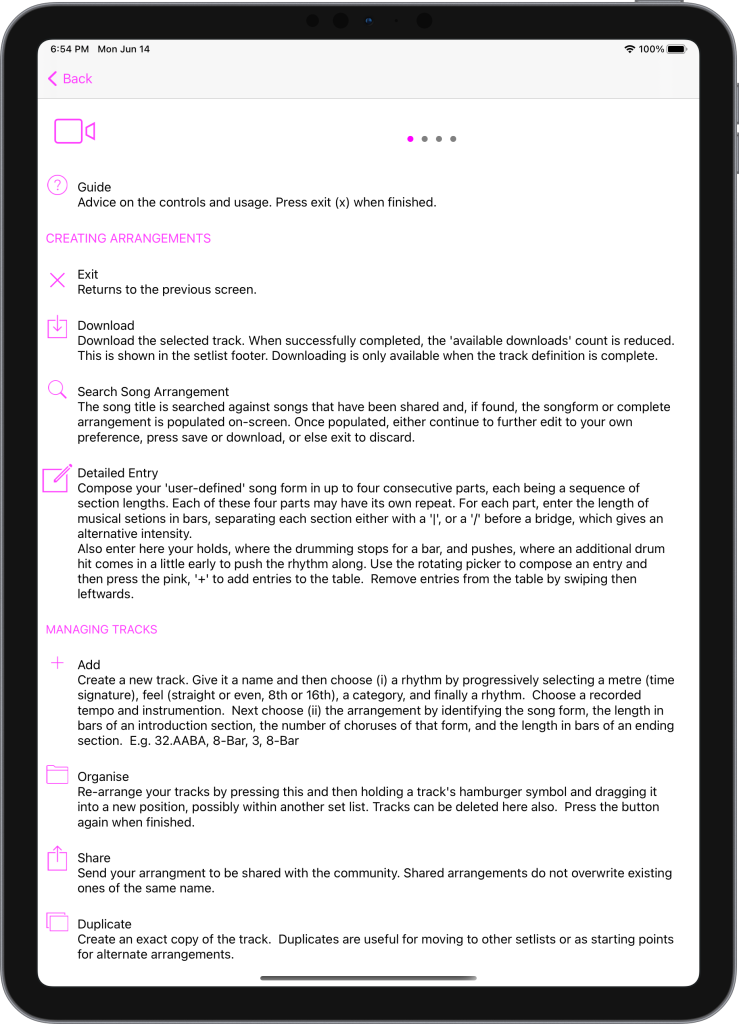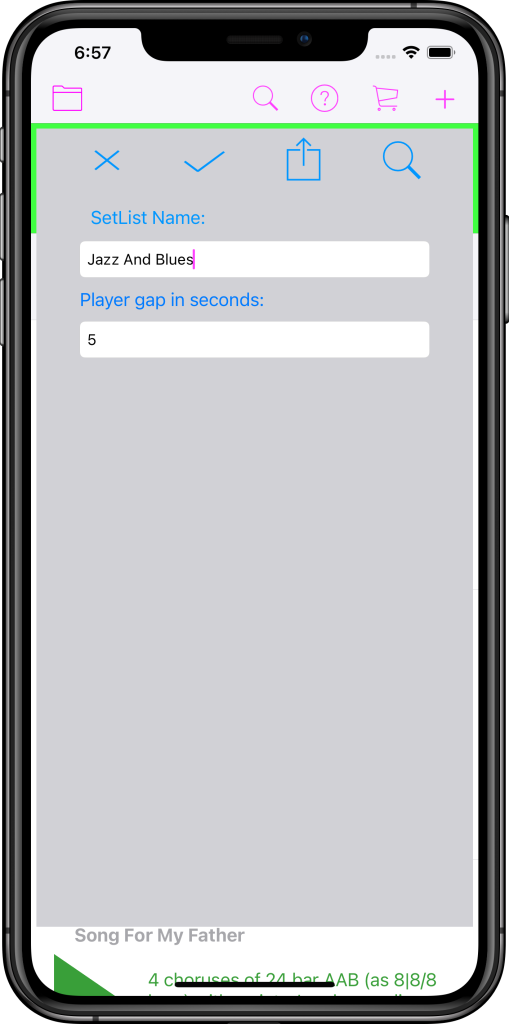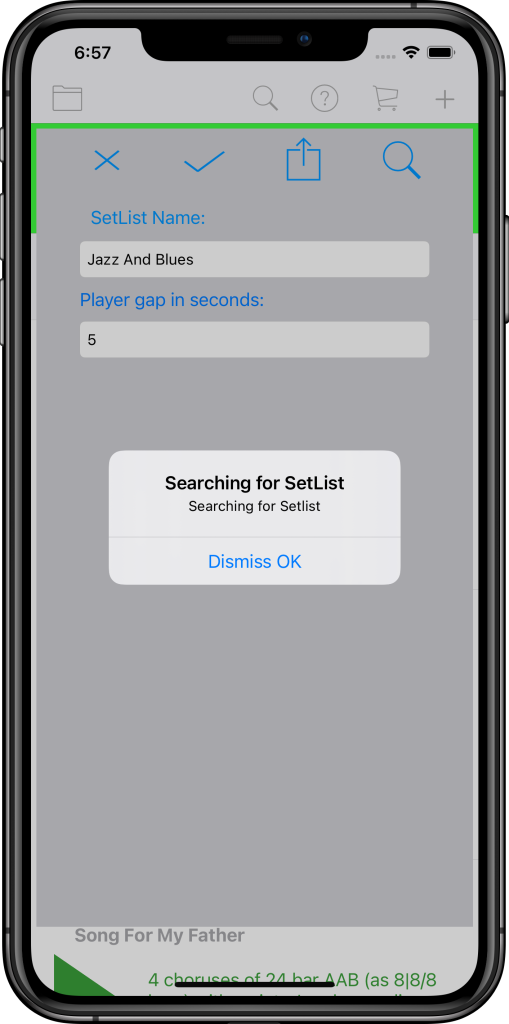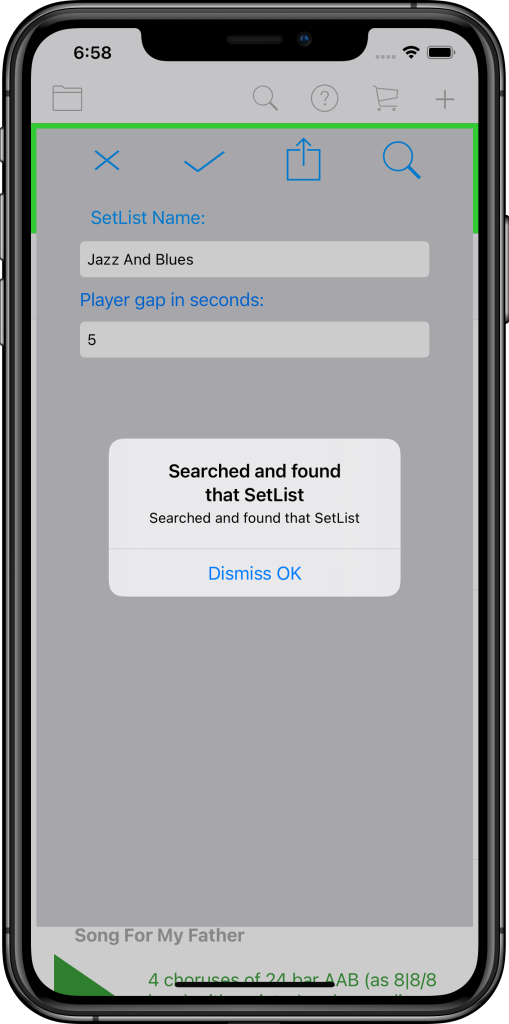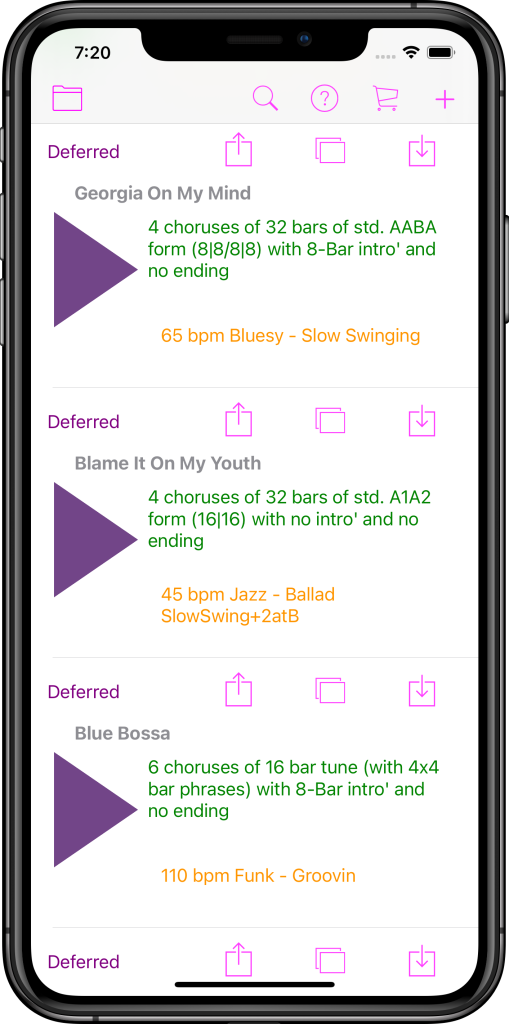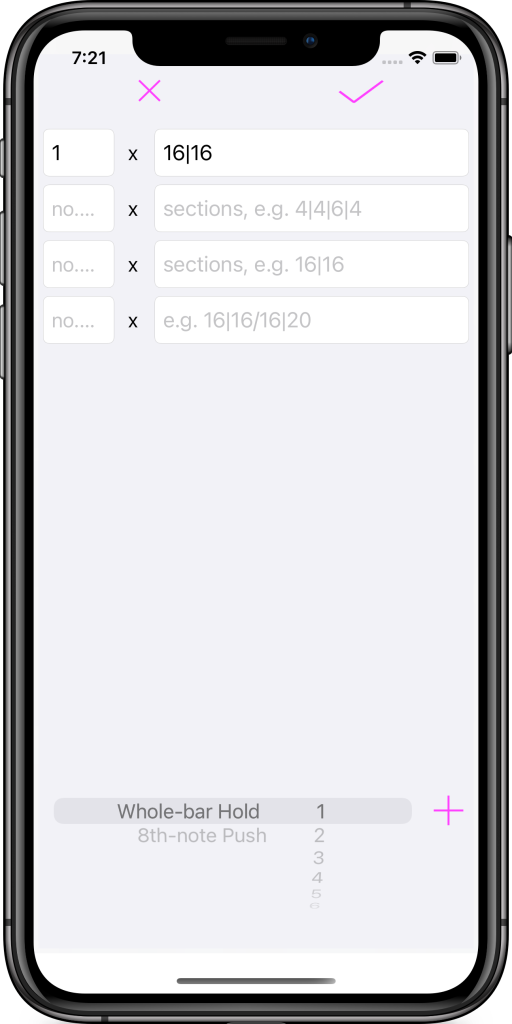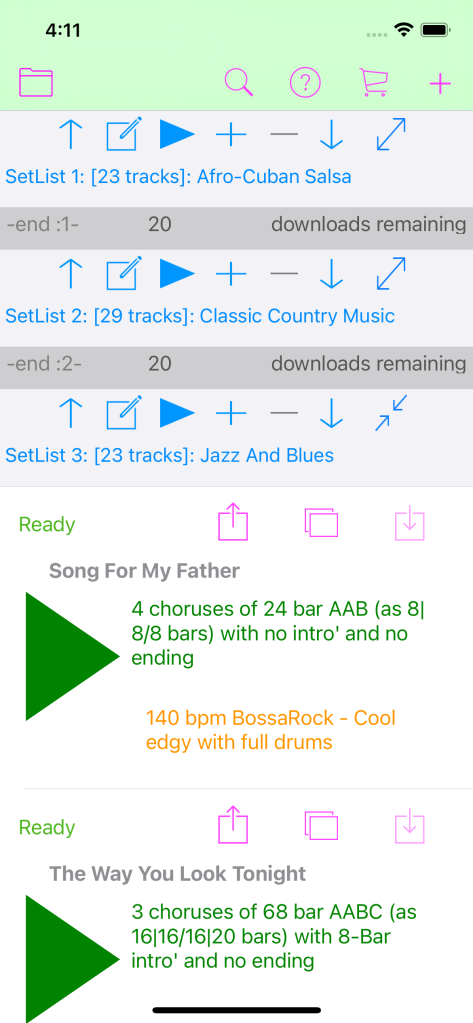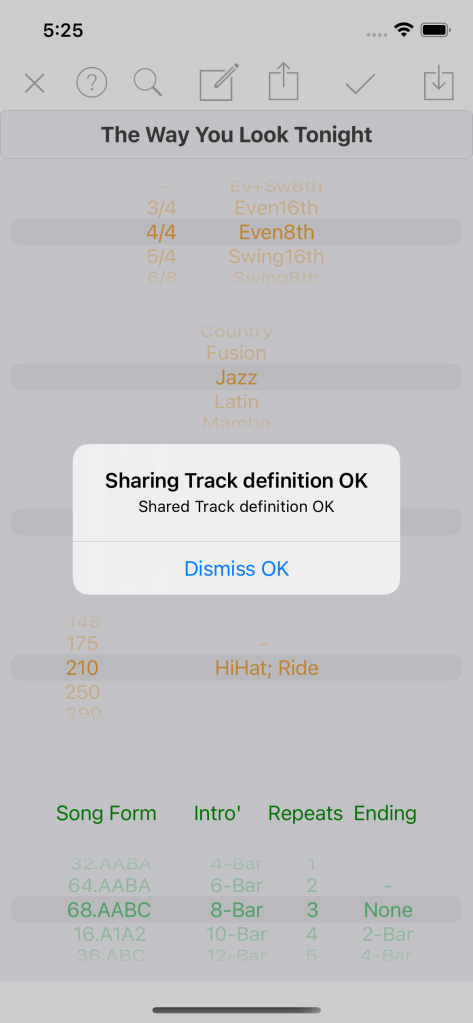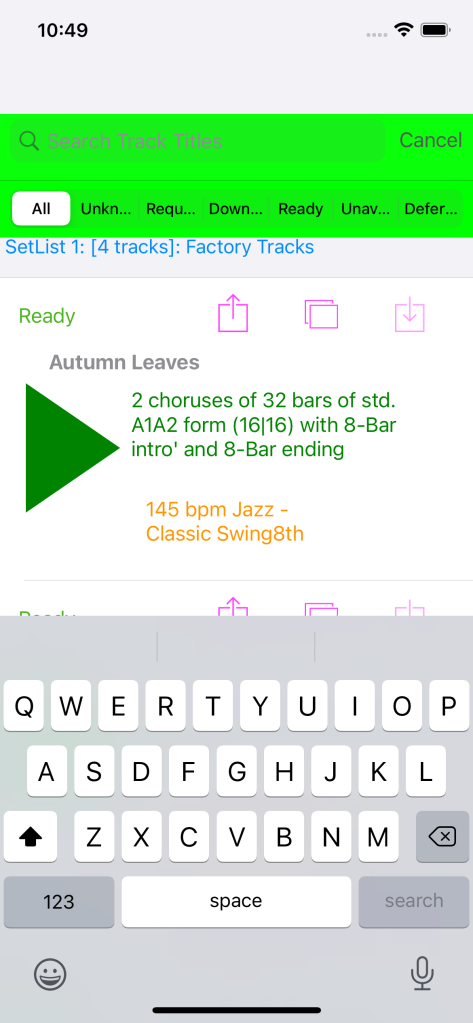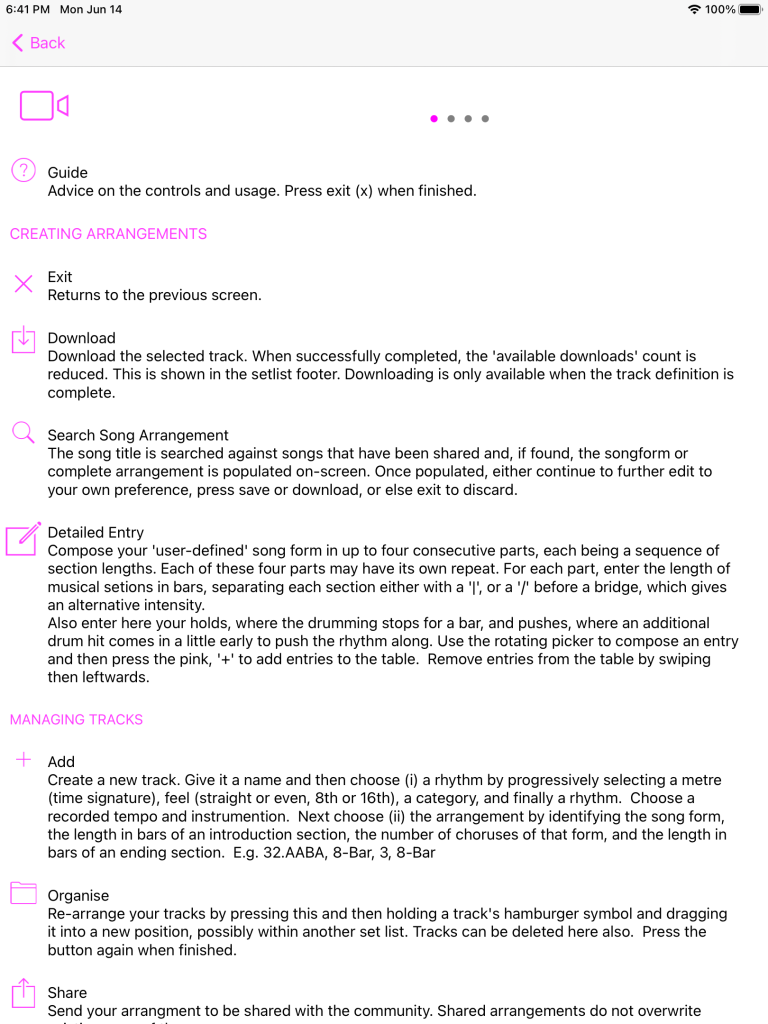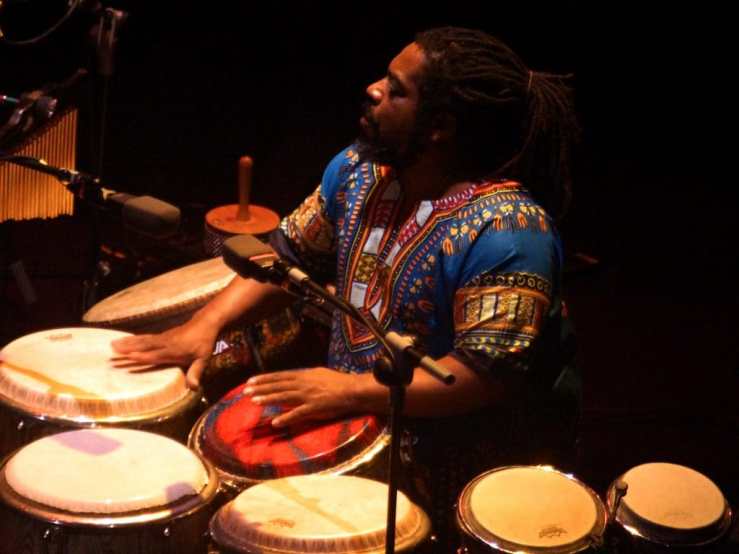We all know the feeling. You’ve been playing your drums for a while, and everything is going great, but then you try to play with some rhythm and groove, and things start to go downhill. It can be tough to keep a consistent beat going, especially if you’re not used to doing it. But don’t worry, with a bit of practice, you’ll be able to drum with rhythm and groove like a pro.
“Drumming with a sense of rhythm and groove may elevate your drum playing to a new level. Though, not everyone understands what it means to play the drums with rhythm and groove. You can use several strategies in your daily drum practice to create a rhythmic and groovy feeling,” advised pro drummer and kids party planner Harry Nevin of Balloons Sydney.
Not sure where to start? Don’t worry- we’ll guide you every step of the way. So please put on your favourite tune, and let’s get started!
What Is Groove?
You can’t start playing the drums with the groove unless you first understand what a groove is. The literal definition of “groove” is: to react or interact harmoniously. This broad definition encompasses a great deal in the realm of music. Responding or interacting in harmony means flowing together well. When a drum beat flows nicely, you genuinely think, “this beat grooves.”
So, to put it another way, playing the drums with a groove is simply playing the drums smoothly and pleasantly that flows effortlessly. It may not seem like much difference at first, but there is an essential distinction between merely playing a drum beat with a groove and doing the same thing without any.
What Is Rhythm?
The rhythm is the order, intensity, and clarity of the sounds. In music, rhythm refers to the regular recurrence of notes and silences (rests) in time. A rhythmic pattern is created when a sequence of notes and rests repeats. Musical rhythm, in addition to signalling when notes are played, also specifies how long they are played and with what intensity.
How To Drum With Rhythm And Groove?
Here are several techniques to jazz up your drumming’s groove and rhythm.
Add Dynamics
You would get better results by playing the drums with more dynamics. When you include dynamics in your playing, the tone of any pattern changes. This, in turn, makes the groove and rhythm sound more interesting. You can do this by incorporating different volumes, as well as speeds, while you’re playing.
Experiment With New Beats
If you want to find a new groove or rhythm, it’s essential to experiment with different beats. Experimenting will help break any monotony that might have set in and make your playing more exciting. You can do this by trying out new drum patterns or beats with which you are unfamiliar.
Create A Strong Backbeat
The backbeat is one of the essential elements of any groove. It helps to create a sense of rhythm and movement, making the music more exciting. You can create a strong backbeat by playing the bass drum on the beats that fall on the “two” and “four.”
Play Around With The Tempo

The tempo is another critical element of groove and rhythm. You can make your playing more interesting by experimenting with different tempos. Changing the beat will help to break any monotony and make your playing more exciting.
As you can see, you can use many different techniques to improve the groove and rhythm of your drumming. By incorporating these techniques into your daily practice routine, you’ll be able to take your drumming to the next level. So don’t wait any longer; get out there and start grooving!
Looking For A Way To Spice Up Your Music?
Alive Drumming offers Song Rhythm Tracks based on top studio drummers’ recordings. Their tracks are sequenced and engineered by innovative technologies into complete, fully-arranged backing tracks specific to a song. This is the perfect way to add excitement to your music!
These are only a few tips- for more in-depth instructions, check our website or contact us. We would be happy to help you take your drumming skills to the next level.
Published on , by judewhitworthyoung




